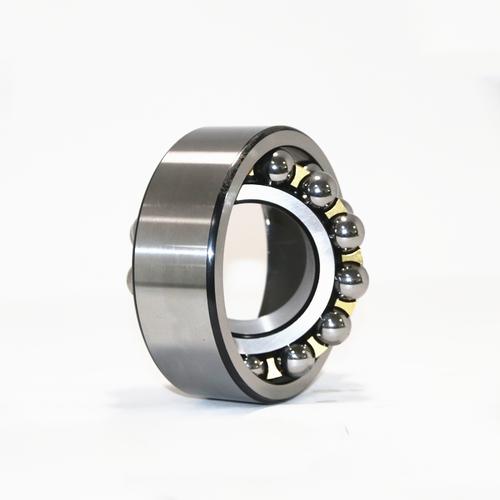Medical Grade Stainless Steel Bearings: The Ultimate Guide for Industrial Applications
# Medical Grade Stainless Steel Bearings: The Ultimate Guide for Industrial Applications
## Introduction
Medical grade stainless steel bearings represent **precision-engineered components** specifically designed for critical applications in healthcare and pharmaceutical industries. These bearings combine 316L surgical-grade stainless steel with specialised manufacturing processes to meet stringent hygiene and durability requirements.
With the global medical bearings market projected to reach $3.2 billion by 2025 (Grand View Research), these components have become essential in modern medical equipment manufacturing. Their ability to withstand repeated sterilisation cycles while maintaining operational accuracy makes them indispensable for:
- Surgical robots
- MRI scanner components
- Pharmaceutical processing equipment
- Dental handpieces
*How can manufacturers select the optimal medical grade bearings for their specific applications?* Our comprehensive guide examines technical specifications, industry benchmarks, and practical implementation strategies.
## What Are Medical Grade Stainless Steel Bearings?
### Definition & Composition
Medical grade bearings utilise 316L stainless steel – containing **16-18% chromium, 10-14% nickel, and 2-3% molybdenum** – providing superior corrosion resistance compared to standard 304 stainless steel. The 'L' variant indicates low carbon content (≤0.03%), preventing carbide precipitation during welding.
### Industry Applications
1. **Diagnostic Equipment**: Used in CT scanner gantries requiring <0.01mm radial play
2. **Sterilisable Instruments**: Withstand 200 autoclave cycles at 134°C
3. **Implant Manufacturing**: Meet ASTM F899 standards for surgical instrument bearings





 13869596835
13869596835